A preliminary investigation has revealed cockpit confusion moments before last month’s fatal crash of an Air India plane that claimed 260 lives.
In a report by India’s Aircraft Accident Investigation Bureau (AAIB) released on July 12, 2025, the investigators revealed that cockpit voice recordings captured a moment of confusion between the pilots, with one asking the other why he had cut off the fuel, to which the second pilot replied that he had not.
“In the cockpit voice recording, one of the pilots is heard asking the other why did he cutoff. The other pilot responded that he did not do so,” read part of the report.
The Air India plane headed to the United Kingdom (UK) crashed on June 12, 2025, causing 242 deaths.
Air India Crash Report
The report indicated that the aircraft had reached a maximum recorded airspeed of 180 knots before crashing.
Additionally, the investigators revealed that immediately after reaching the peak of its speed, the fuel cutoff switches for both Engine 1 and Engine 2 were activated.
“The aircraft achieved the maximum recorded airspeed of 180 Knots IAS at about 08:08:42 UTC, and immediately thereafter, the Engine 1 and Engine 2 fuel cutoff switches transitioned from RUN to CUTOFF position one after another with a time gap of 01 sec. The Engine N1 and N2 began to decrease from their take-off values as the fuel supply to the engines was cut off,” read part of the report.
Airport CCTV footage showed that a back-up energy source called a ram air turbine was then deployed, indicating a loss of power from the engines.
The Boeing 787 Dreamliner, en route to London from Ahmedabad, began losing power and rapidly descending shortly after takeoff.
“The EGT was observed to be rising for both engines, indicating relights. Engine 1’s core deceleration stopped, reversed and started to progress to recovery. Engine 2 was able to relight but could not arrest core speed deceleration and repeatedly re-introduced fuel to increase core speed acceleration and recovery,” read part of the report.
Just a few moments later, the fuel control switches were flipped back on. However, it was too late, and the aircraft began to lose altitude even before crossing the airport’s perimeter wall.
Also Read: Air India Plane with 242 On Board Crashes in Ahmedabad
How to Crash Happened
The plane crashed into the BJ Medical College hostel, located just 0.9 nautical miles (about 1.7 kilometers) from the end of Runway 23, where it had taken off. The wreckage was scattered over a wide area, stretching about 1,000 feet long and 400 feet wide.
Before hitting the main building, the aircraft clipped some trees and a tall chimney. At the moment of impact with Building A, the plane was tilted slightly upward, at about an 8-degree nose-up angle, with its wings level.
Also Read: Two Kenya Air Force Officers Killed in Plane Crash
As the aircraft broke apart:
- The tail section and right main landing gear were found lodged in the wall of Building.
- The right engine struck a concrete water tank on the roof of Building before breaking off and landing nearby.
- Pieces of the right wing were scattered across two Buildings and surrounding areas, with debris found up to 520 feet away.
- The left main landing gear and parts of the left wing hit a Building.
- The nose landing gear landed on the ground about 307 feet from the initial impact point.
- The left engine crashed into another Building at ground level, causing heavy damage and catching fire.
The crash caused extensive destruction across multiple buildings and left debris spread across a large area.
About the Pilots
The flight was commanded by Captain Sumeet Sabharwal, a 56-year-old Air India instructor with 15,638 hours of flying experience, according to the Indian government.
His co-pilot was First Officer Clive Kunder, aged 32, who had accumulated 3,403 hours of flight experience.
Follow our WhatsApp Channel and X Account for real-time news updates.
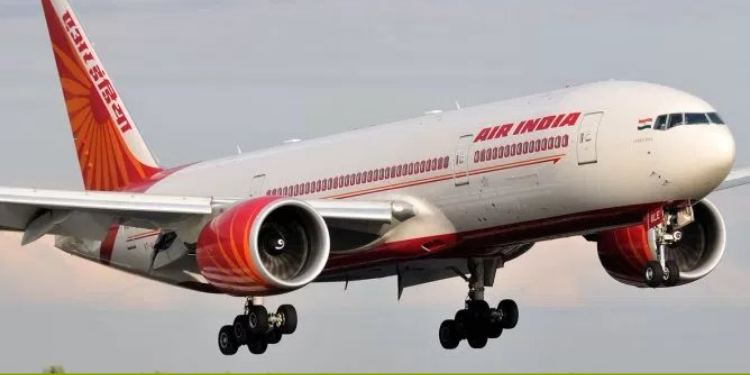


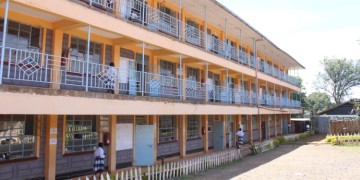


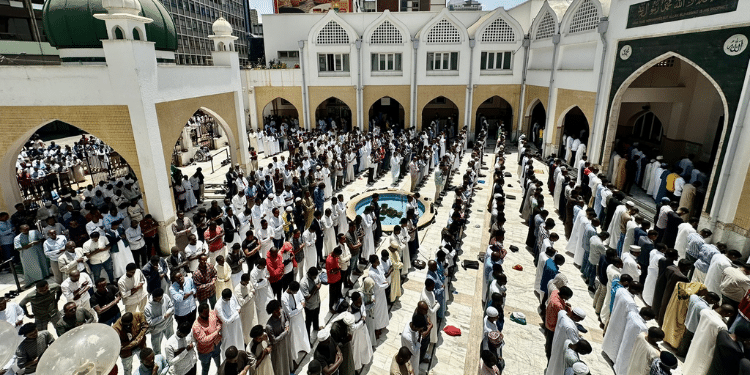

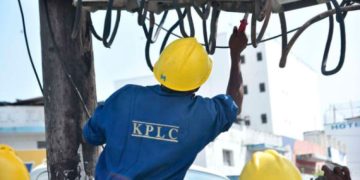









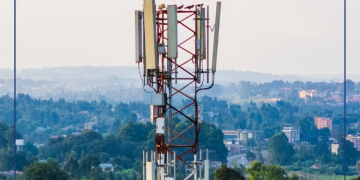

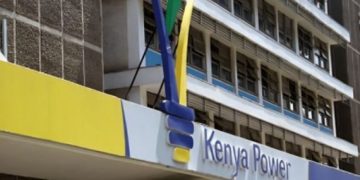




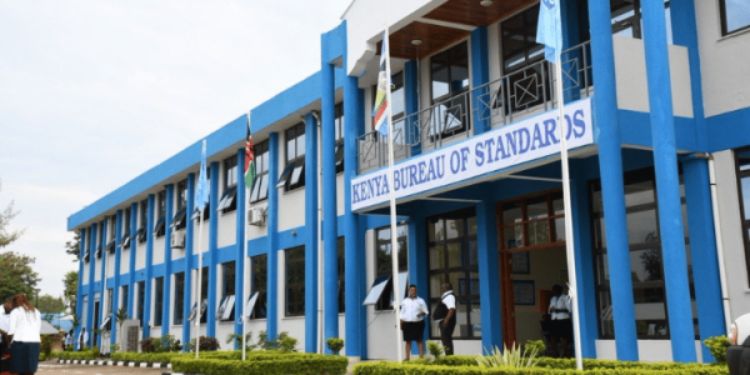
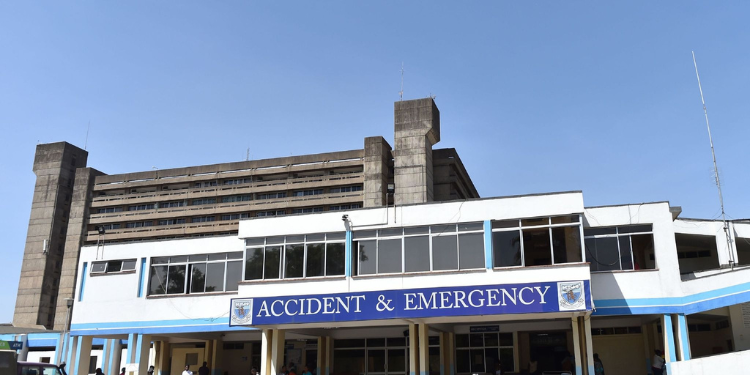


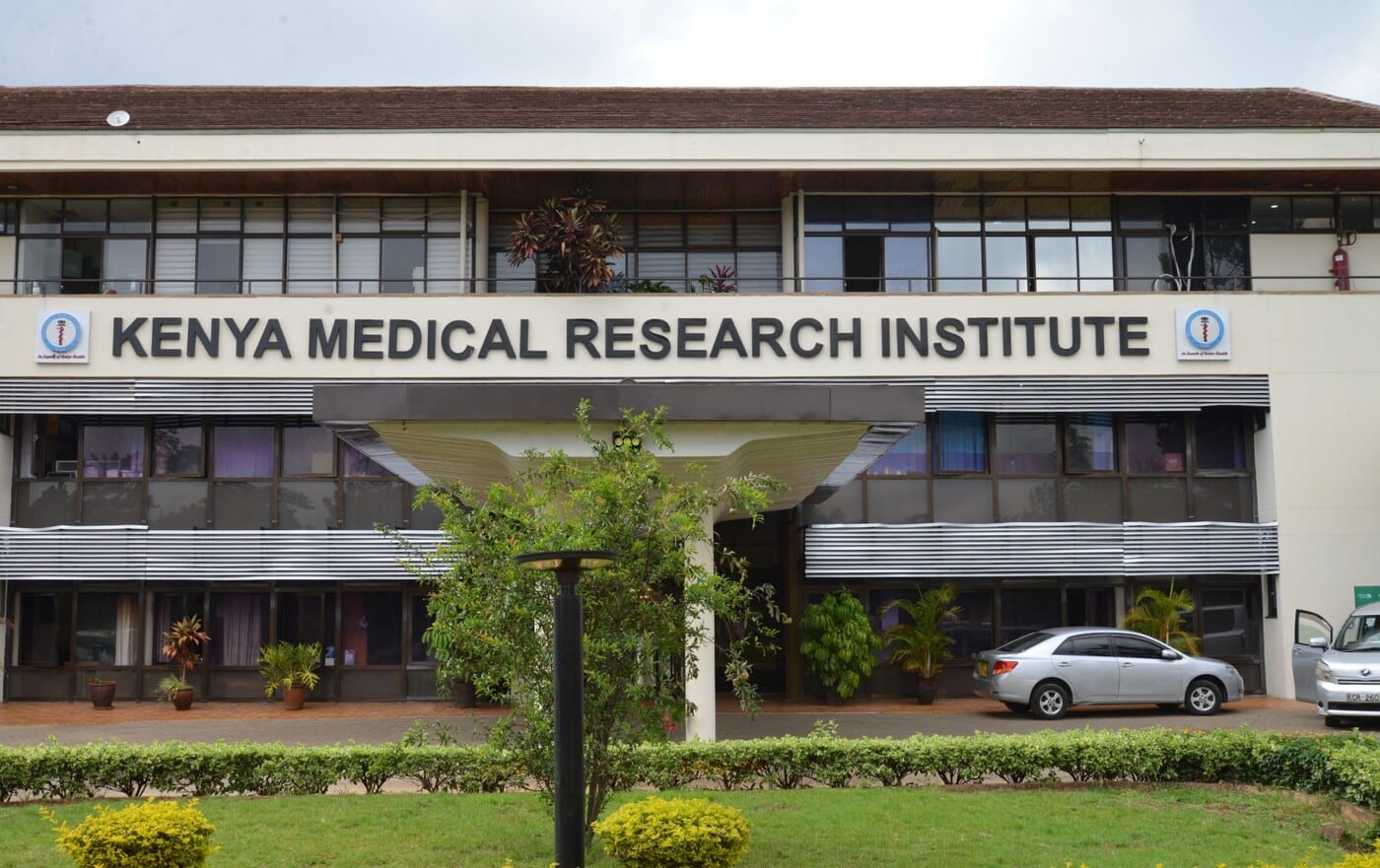








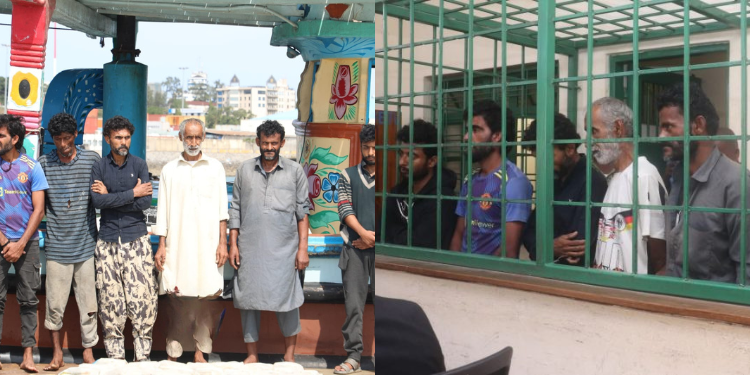
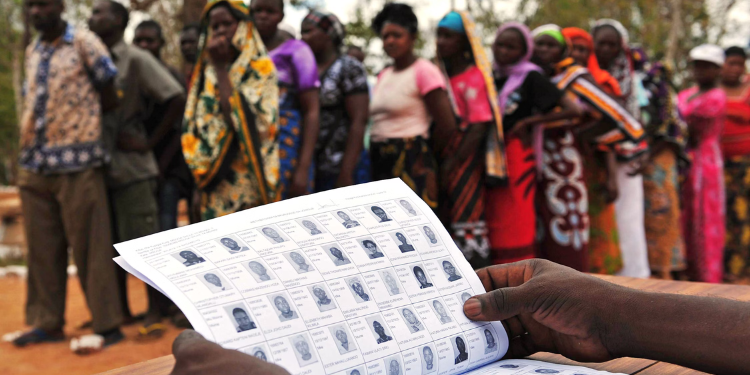

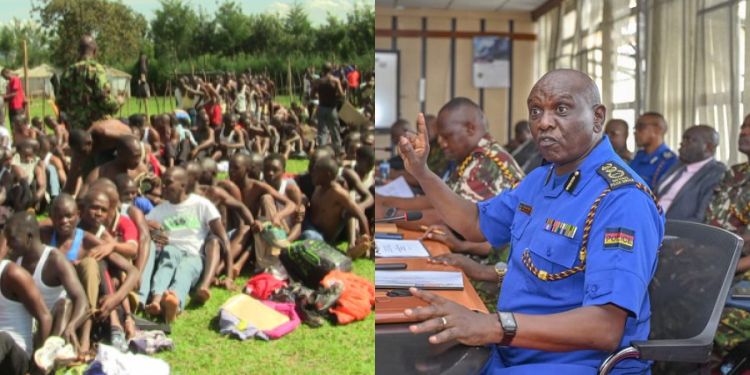

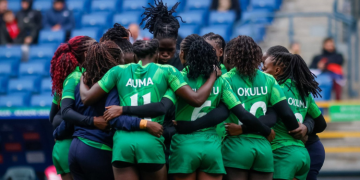



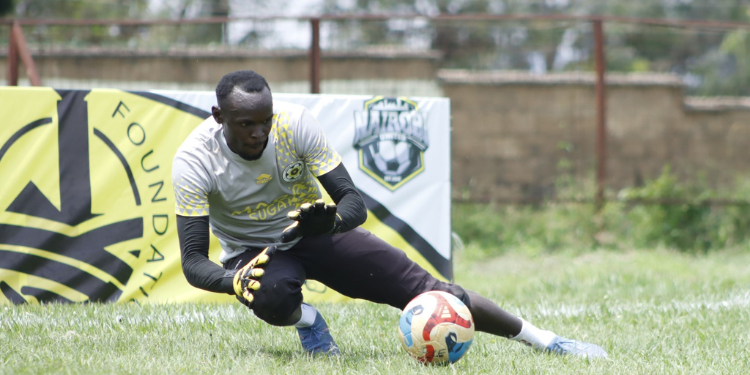




![Senator Allan Chesang And Chanelle Kittony Wed In A Colourful Ceremony [Photos] Trans Nzoia Senator Allan Chesang With Channelle Kittony/Oscar Sudi]( https://thekenyatimescdn-ese7d3e7ghdnbfa9.z01.azurefd.net/prodimages/uploads/2025/11/Trans-Nzoia-Senator-Allan-Chesang-with-Channelle-KittonyOscar-Sudi-360x180.png)








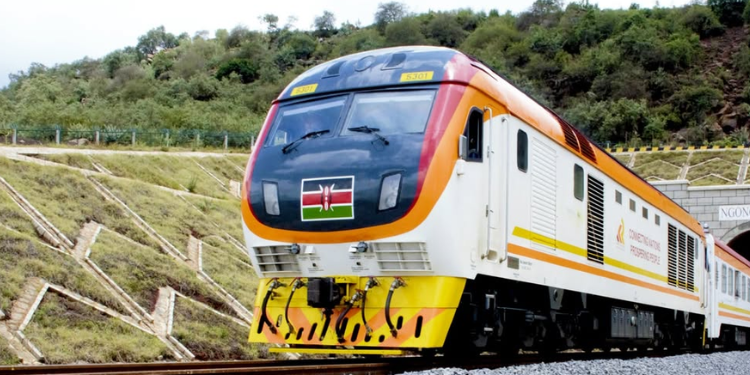

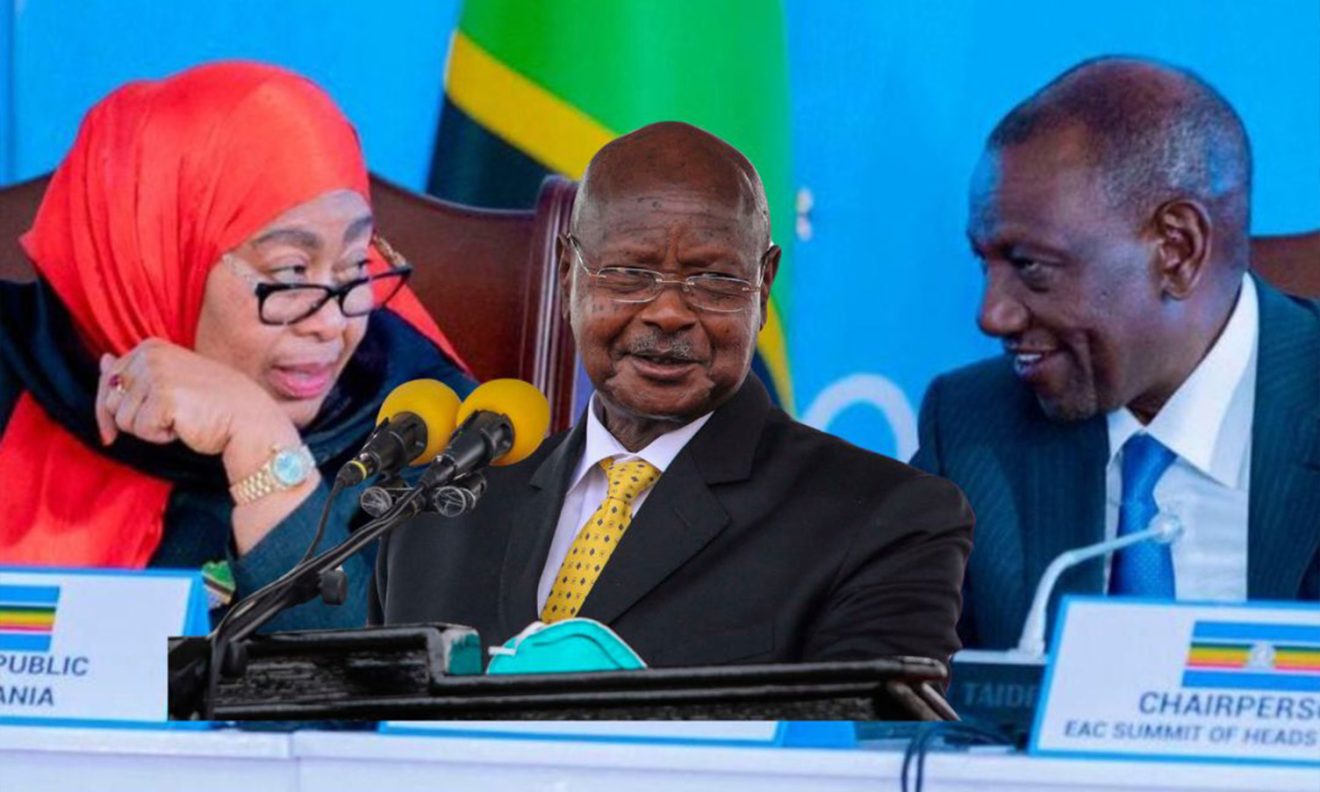
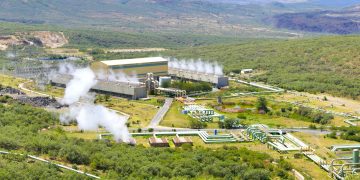

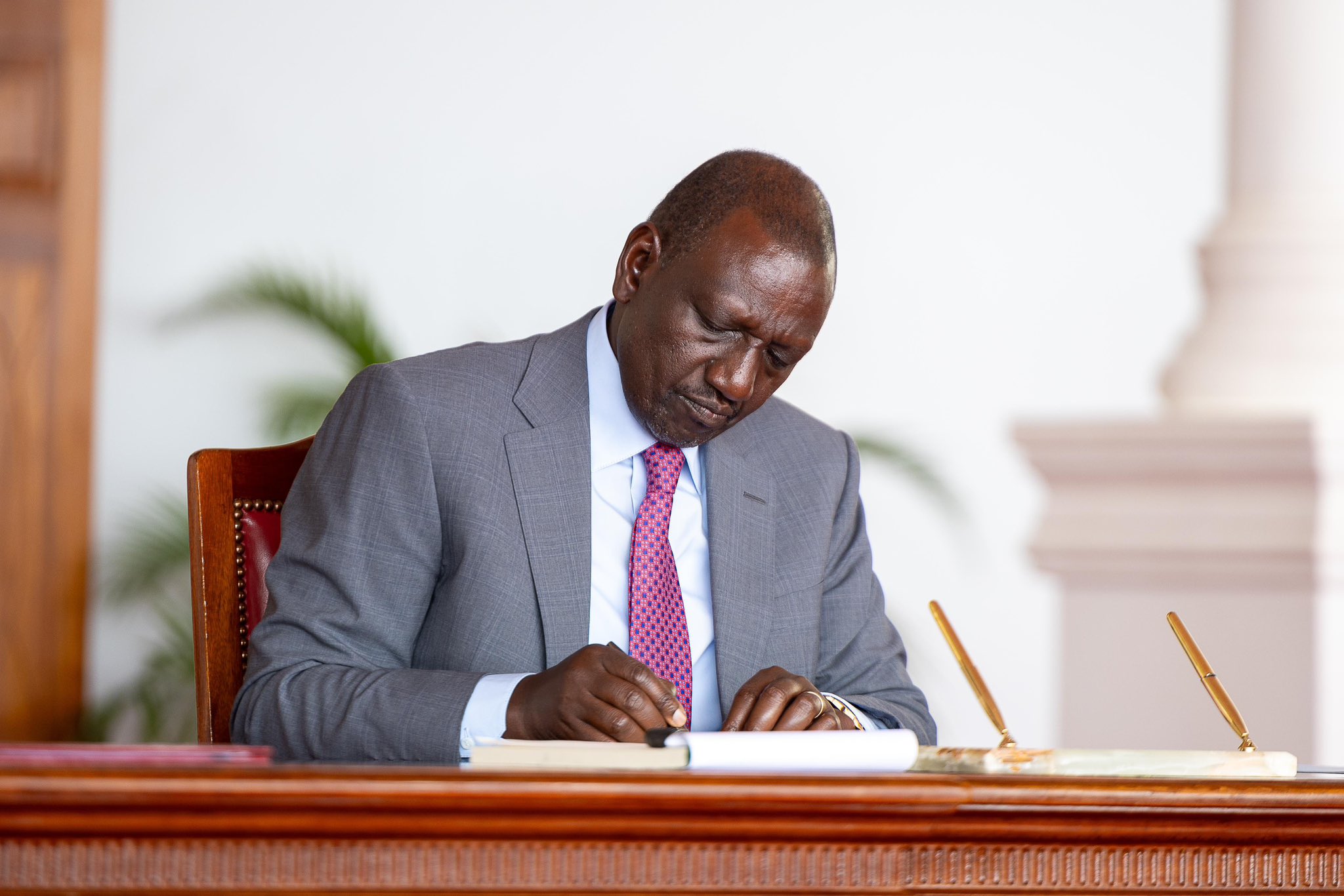

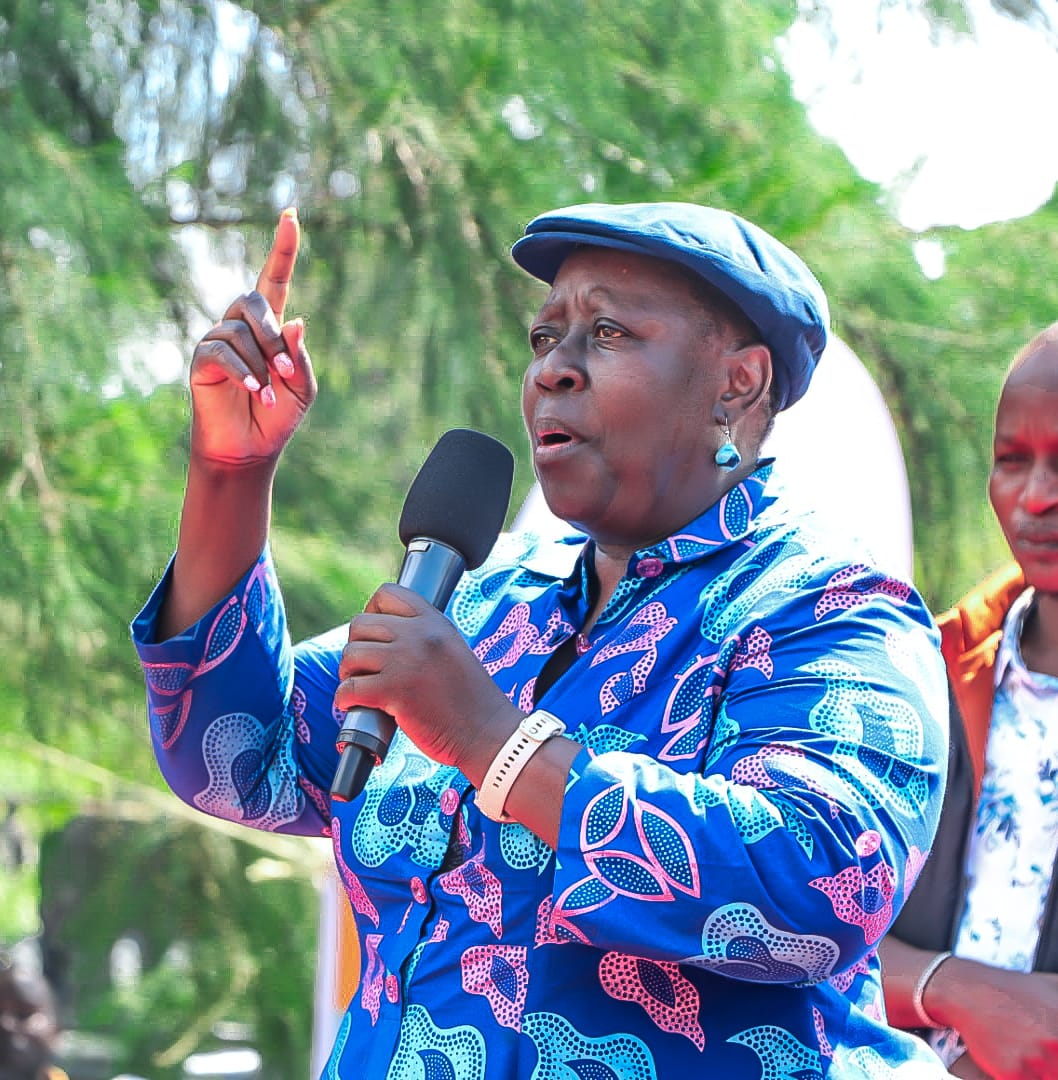
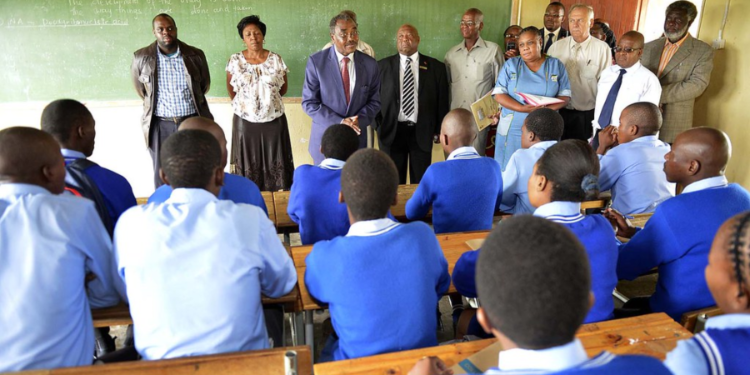
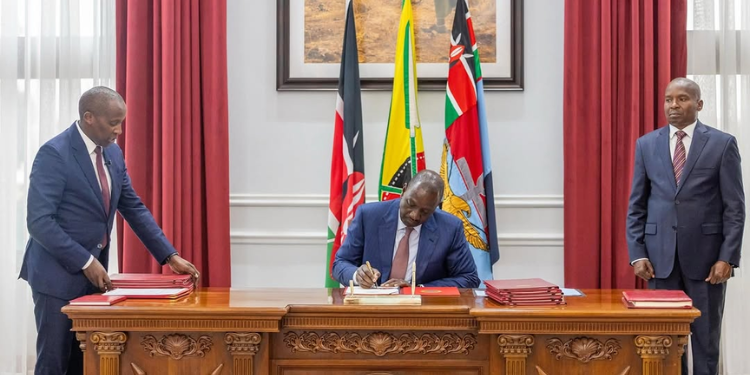
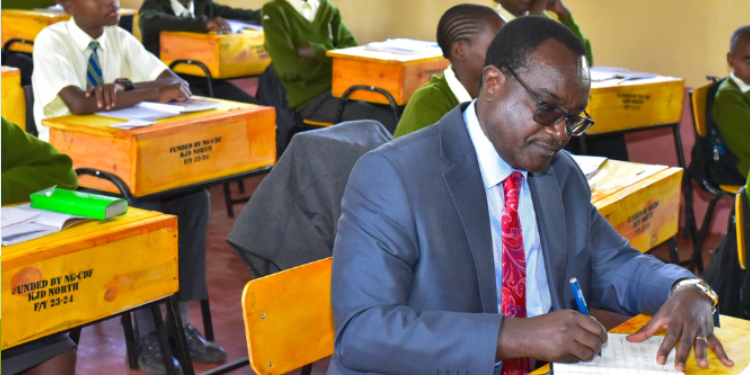

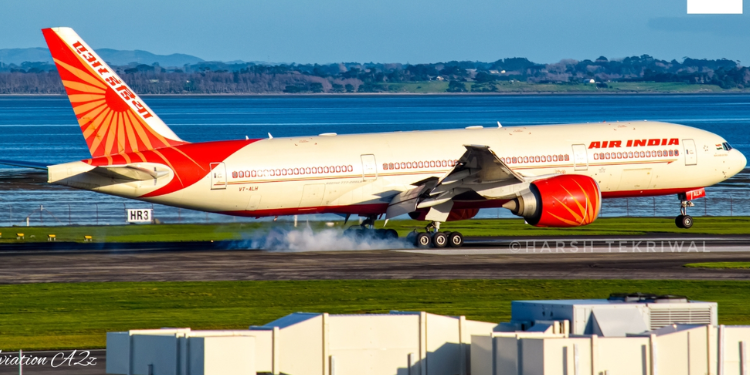

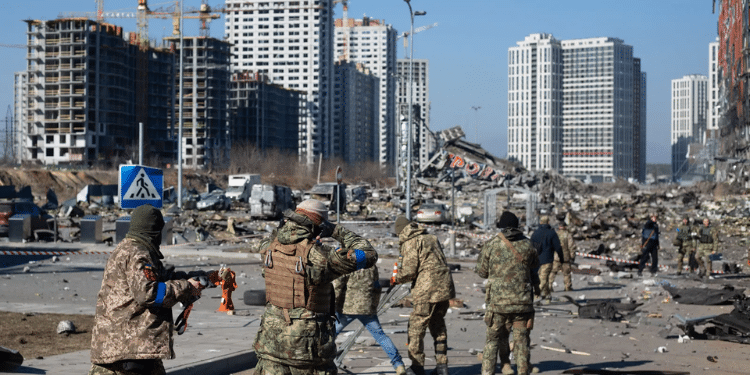
Great information shared.. really enjoyed reading this post thank you author for sharing this post .. appreciated